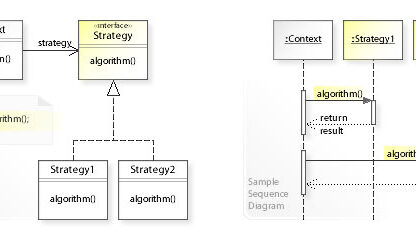Distributed systems are a type of software architecture that allows for the distribution of processing and storage across multiple machines. By using distributed systems, developers can achieve scalability, reliability, and fault tolerance in their applications.
What are Distributed Systems?
Distributed systems are a type of software architecture that allows for the distribution of processing and storage across multiple machines. This allows for a separation of concerns and the ability to scale each component individually.
A distributed system can consist of multiple components, such as:
- Servers
- Databases
- Load balancers
- Caches
These components are connected through networks and communicate with each other to perform tasks and share data.
The Benefits of Distributed Systems
Distributed systems provide numerous benefits for software development, including:
- Scalability: By distributing processing and storage across multiple machines, distributed systems can handle an increasing amount of load and traffic without a decrease in performance.
- Reliability: By distributing processing and storage across multiple machines, distributed systems can achieve fault tolerance and continue to function even if one or more components fail.
- Performance: By distributing processing and storage across multiple machines, distributed systems can achieve better performance and response times for the user.
- Flexibility: By separating concerns and distributing them across multiple machines, distributed systems can be more flexible and easier to maintain.
An Example: A Video Streaming Platform
An example of a distributed system is a video streaming platform. The platform consists of multiple servers that handle the processing and storage of the videos. These servers are connected to a load balancer that distributes the load and traffic among them.
Additionally, the platform uses a distributed database system to store the metadata of the videos and a cache system to store frequently accessed video data. By using these distributed systems, the platform can handle a large number of users and a high volume of traffic without a decrease in performance.
Conclusion
Distributed systems are a type of software architecture that allows for the distribution of processing and storage across multiple machines. By using distributed systems, developers can achieve scalability, reliability, and fault tolerance in their applications. Start exploring the world of distributed systems and see how it can benefit your software development process. Distributed systems are becoming more and more popular and necessary in today’s world with the increasing amount of data and users. Scalability is key to success, and distributed systems can give you the edge you need to handle the growth of your application.


